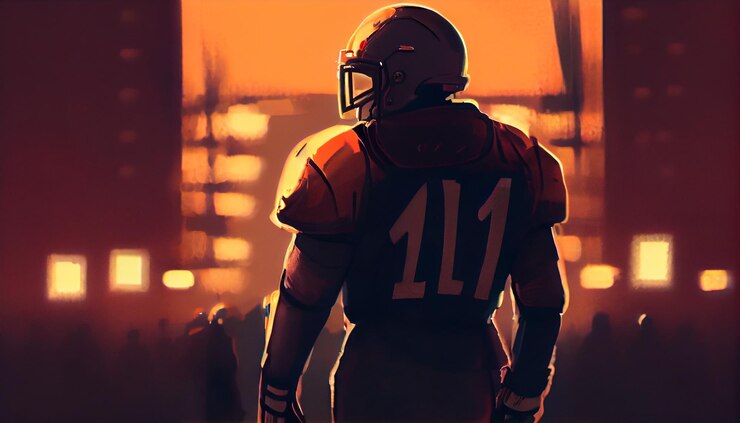Farm system state, rankings process starting
While Dominican shortstop Felnin Celesten doesn’t yet count and isn’t part of my current process, he will be in those rankings after he signs in January. But the “new No. 2” I’m talking about isn’t Celesten.
That, however, isn’t the real story at this point in a process I started this week. What is the story, then?
Before I get to that, let me share the latest Top 10 in my rankings:
- Harry Ford, C
- Bryce Miller, RHP
- Emerson Hancock, RHP
- Axel Sanchez, SS
- Michael Arroyo, 2B/3B
- Cole Young, SS
- Lazaro Montes, OF
- Gabriel Gonzalez, OF
- Walter Ford, RHP
- Bryan Woo, RHP
You see that Top 3 up there? Ford, Miller, Hancock? There is a legitimate shot none of them are my No. 1 or No. 2 prospect in two months. Yes, Celesten is one of the reasons. Can you guess the other?
The System is Void of Premium Prospects
It’s true. The Mariners’ farm system lacks the high upside, high probability, close proximity prospects that have littered the Top 10 in recent years with names such as Julio Rodriguez, George Kirby, and Logan Gilbert. It’s void of premium prospects.
But it’s not void of premium talent.
The club has done a good job adding high-upside talent the past few years, despite the fact so many of their best young players are already in the majors. It’s just that the vast majority of said players remain early in their development.
Rodriguez, Kirby, Gilbert, Cal Raleigh, and Jarred Kelenic carried Future Value grades in the 50s and 60s, meaning average to plus players, with all of them arriving in the majors with a chance to be all-stars.
The current Top 10 (and beyond)? Yes, a handful posses the same kind of upside. They’re just much further away from both the majors, and reaching that kind of potential, and enter 2023 with a lot more risk they ever get there than the aforemention group over the past few years.
Harry Ford, a potential plus catcher with 55-60 speed, 55-60 power and an average or better hit tool, has the ceiling of a J.T. Realmuto and my favorite comp for him is Russell Martin. He could also end up at third base and be more of an Alex Bregman. He also may never get anywhere near there, and that’s the risk part. The probability is low because he’s 19-years-old and less than two years into his pro career.
Same goes for Montes, who has big-time raw power, but has a long swing, swings and miss a lot, and may end up at first base where there will be a lot more pressure to hit a ton. He just turned 18, though, and his professional experience is all of 223 plate appearances in the Dominican Summer League (DSL). If he maxes out in most areas, he’s Fred McGriff, Ryan Howard, or at least Jeromy Burnitz. But the floor is very much ‘not a big-league player at all,” and that’s the difference.
Sanchez is another with rather big-time upside. Last summer I called him a poor-man’s Javier Baez. He’s athletic, projects to stick at shortstop, and has some physical tools at 20 that suggest a major leaguer, including enough bat speed to hit for some power.
But he has a lot of work to do to answer hit tool questions, not all that unlike Montes, a common theme in the lower minors.
The Mariners do have a few prospects closer to the majors in Miller and Hancock, but right now neither owns what the industry would typically tag as high ceilings.
The club’s farm is about to be restocked
Not only is Seattle set to add Celesten, a switch-hitting shortstop who is one of the top Lat Am prospects in this cycle, but the 2023 Draft will offer Seattle opportunities to add high-ceiling talents, as well as those that enter pro ball within three years of the big leagues.
The Mariners currently own picks 22, 29, and 30 and the ’23 class looks like the best in at least five years, and certainly is more balanced between upside, probability, arms and bats.
If you’re curious whether the Mariners should gut their current Top 10 to land a Bryan Reynolds? The answer is yes. More farm help is on the way.
Plus, it’s time to win, not build farm depth.
My Personal Too-Early Top 10 Draft Prospects
- Chase Dollander, RHP — Tennessee
The best pitching prospect in the draft since Gerrit Cole in 2010 and Stephen Strasburg in 2009. - Dylan Crews, OF — LSU
The draft’s best bat offers plus power, patience, well above-average contact rates, speed, and a chance to be one of the best defensive right fielders in baseball. - Max Clark, OF — Franklin Community
Thebest prep player in the draft and the bat with huge upside and an advanced hit tool. - Wyatt Langford, OF — Florida
Big power, plus speed, and a chance to make an impact inside of two years. - Jacob Gonzalez, SS — Ole Miss
He may end up at third base, but he carries No. 1 pick upside if he continues to dominate in the SEC as a junior. - Hurston Waldrep, RHP — Florida
A potential four-pitch power righty with good athleticism? Sign me up. - Rhett Lowder, RHP — Wake Forest
Command of his secondaries sets him apart, and the body projects into frontline range. - Enrique Bradfield , OF — Vanderbilt
The best true CF in the class with 70-grade speed with a priojectable frame and and a chance for average power. - Jacob Wilson, SS — Grand Canyon
Wilson’s hit tool is all the rage, and his bat-to-ball skills are about as good as it gets in amateur baseball. He’s probably a second baseman, but he may hit .320 with high OBPs aftter minimal time in the minors. - Paul Skenes, RHP — LSU
A prototypical frame (6-6/235) with clean, repetable arm action, big-time fastball value and a shot at two 60-grade secondaries? Again, sign me up.
Jason A. Churchill
Find Jason’s baseball podcast, Baseball Things, right here.




